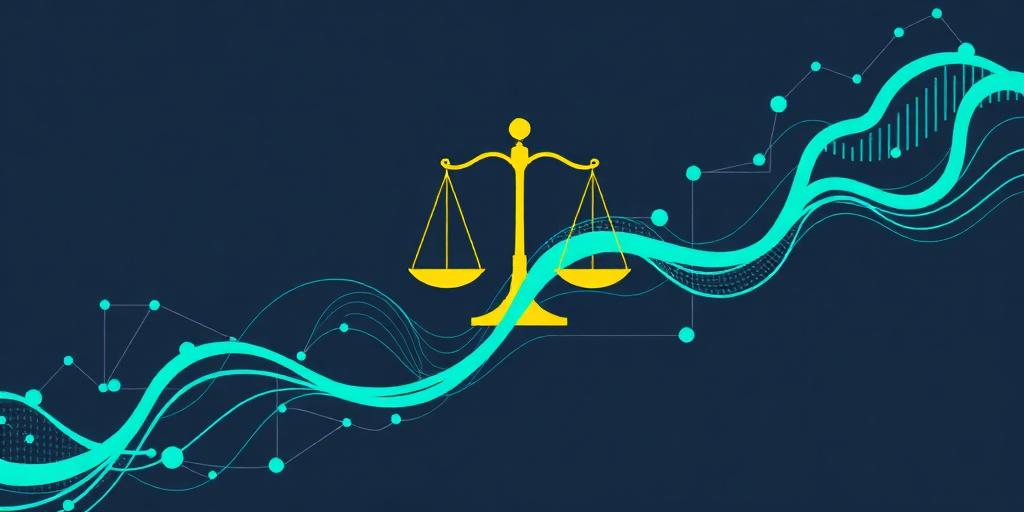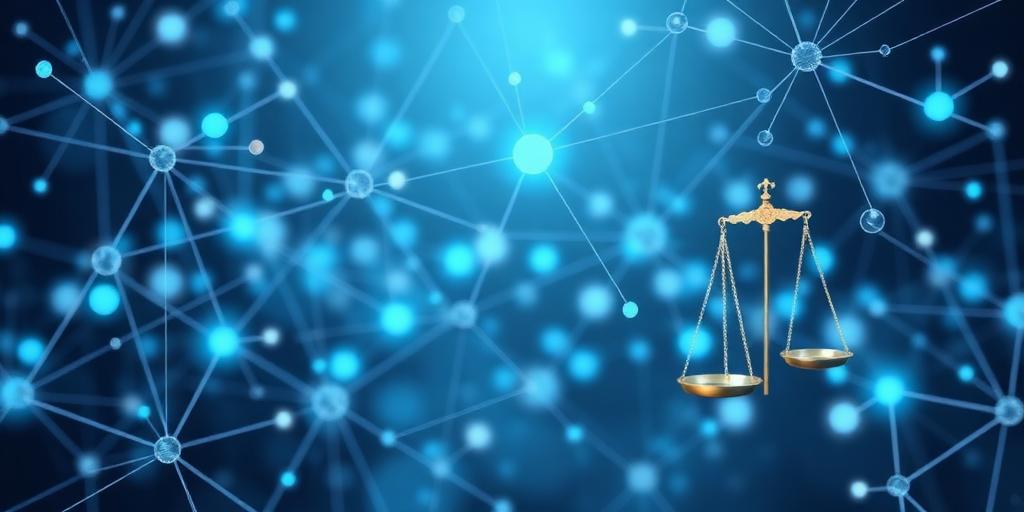Unpacking the Complexities of AI Bias
Artificial intelligence is rapidly transforming various aspects of our lives, from healthcare and finance to education and entertainment. However, the promise of AI is shadowed by a critical challenge: bias. AI bias refers to systematic and repeatable errors in AI systems that create unfair outcomes for certain groups of people. Understanding and addressing AI bias is crucial to ensure that these powerful technologies benefit everyone.
What is AI Bias?
AI bias arises when algorithms make decisions based on flawed or incomplete data, or when the design of the AI system itself reflects the biases of its creators. This can lead to discriminatory outcomes, reinforcing existing societal inequalities. AI bias can manifest in various forms:
- Data Bias: Occurs when the training data used to build the AI model does not accurately represent the real world. For example, if a facial recognition system is trained primarily on images of white faces, it may perform poorly on faces of other ethnicities.
- Algorithmic Bias: Arises from the design of the algorithm itself. This can happen when developers unintentionally introduce bias through their choice of features, parameters, or evaluation metrics.
- Human Bias: Reflects the biases of the people who design, develop, and deploy AI systems. These biases can seep into the AI system through various channels, including the selection of training data, the formulation of the problem, and the interpretation of results.
Examples of AI Bias in Action
AI bias is not just a theoretical concern. It has real-world consequences in various domains:
- Healthcare: AI algorithms used to predict patient risk have been shown to be biased against certain racial groups, leading to unequal access to healthcare resources.
- Criminal Justice: AI-powered risk assessment tools used in the criminal justice system have been found to disproportionately flag individuals from minority communities as high-risk, perpetuating systemic inequalities.
- Finance: AI algorithms used for loan applications have been shown to discriminate against women and people of color, denying them access to credit and financial opportunities.
- Recruitment: AI-powered recruitment tools can perpetuate gender and racial biases, leading to a lack of diversity in the workplace.
How to Address AI Bias
Addressing AI bias requires a multifaceted approach that involves technical solutions, ethical guidelines, and policy interventions:
- Diverse Data: Ensuring that training data is diverse and representative of the population on which the AI system will be used.
- Algorithmic Audits: Conducting regular audits of AI algorithms to identify and mitigate bias.
- Explainable AI (XAI): Developing AI systems that are transparent and explainable, allowing users to understand how decisions are made.
- Ethical Guidelines: Establishing clear ethical guidelines for the development and deployment of AI systems.
- Policy Interventions: Implementing policies and regulations to ensure that AI systems are fair and equitable.
The Path Forward
Addressing AI bias is a complex and ongoing challenge that requires collaboration across disciplines. By understanding the sources and consequences of AI bias, and by implementing effective mitigation strategies, we can harness the power of AI for good, ensuring that these technologies benefit all members of society.
Conclusion
AI bias is a critical issue that must be addressed to ensure that AI systems are fair, equitable, and beneficial for all. By promoting diverse data, conducting algorithmic audits, developing explainable AI, and establishing ethical guidelines and policy interventions, we can mitigate AI bias and create a more just and inclusive future.









